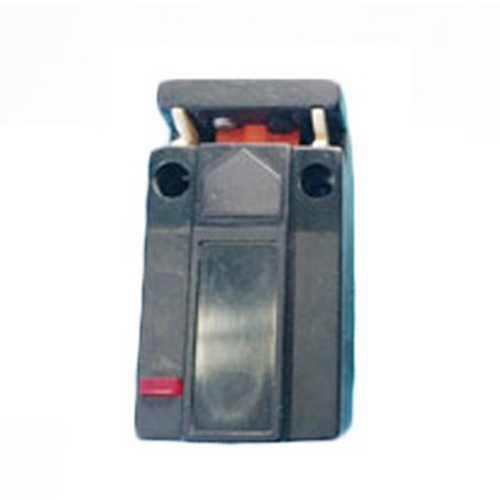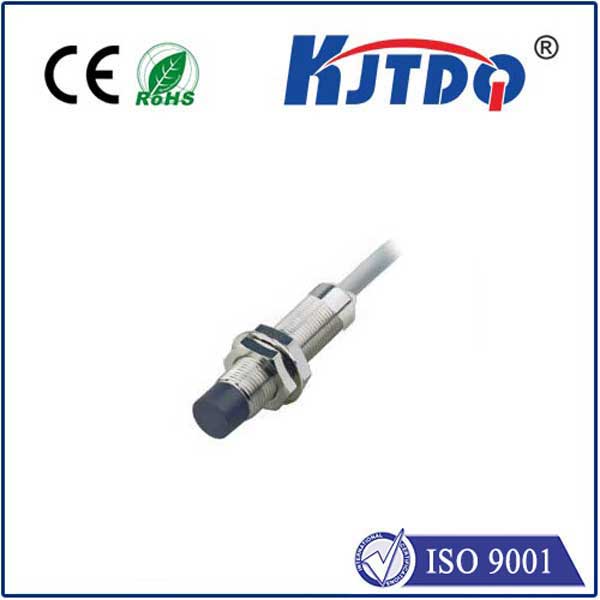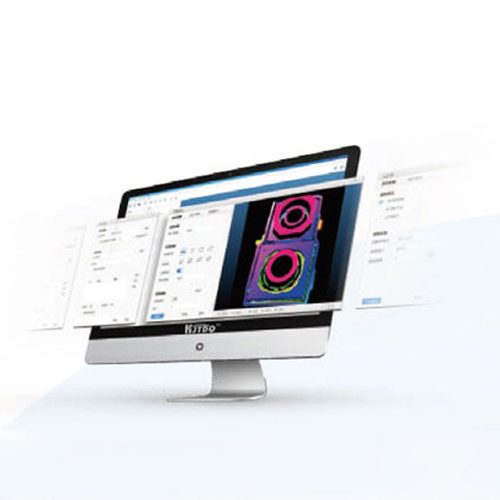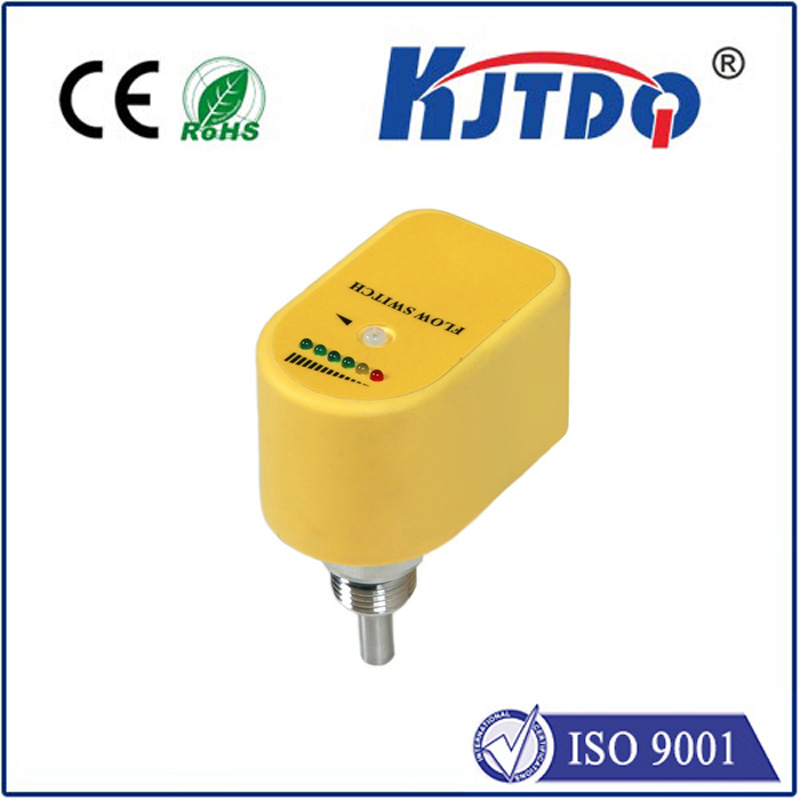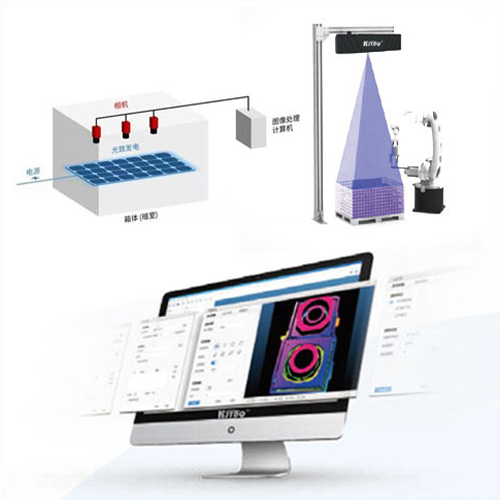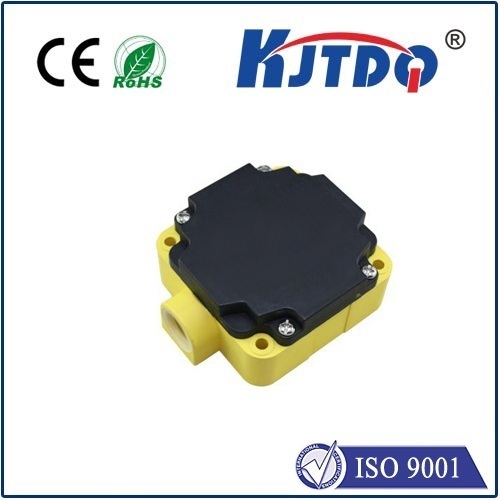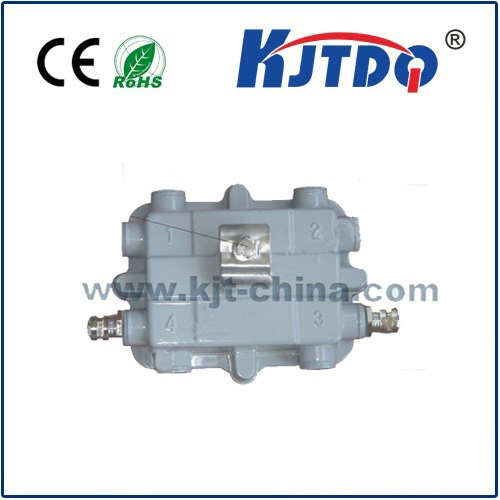

check

check

check

check

check

check

check

check

check

check
In the bustling world of industrial automation, where every fraction of a second counts, the wrong detection can lead to costly delays or safety hazards. Picture a high-speed assembly line: tiny components whizzing by, demanding flawless identification to maintain seamless operations. It’s moments like these that highlight the critical role of photoelectric laser sensors. Specifically, the E3AS-F1000IMT-M1TJ 0.3M photoelectric laser sensor stands out as a game-changer. This isn’t just another sensor—it’s a marvel of modern engineering designed to elevate precision to unprecedented levels. As industries evolve towards smarter, more efficient systems, this device proves essential in transforming how we detect, measure, and respond in real-time scenarios. Let’s delve into why this sensor is revolutionizing the field, from its core functionalities to its transformative applications.
At its heart, a photoelectric laser sensor operates by emitting a focused beam of light, typically laser-based, which interacts with objects to detect changes in reflection or interruption. The E3AS-F1000IMT-M1TJ model takes this principle to new heights with its specialized design. Featuring a maximum detection range of 0.3 meters (approximately 30 centimeters), this sensor excels in scenarios requiring mid-range accuracy without compromising on reliability. Unlike traditional sensors, its laser-based mechanism minimizes interference from ambient light or environmental factors, ensuring consistent performance even in challenging settings. Key attributes include high sensitivity, allowing it to detect minute objects as small as a few millimeters, and a robust build that withstands vibrations and temperature fluctuations common in industrial environments. The “0.3M” specification isn’t just a number—it signifies optimized distance capabilities, making it ideal for applications where objects need precise tracking without overshooting the mark. For instance, in quality control checkpoints, this sensor can spot defects or misalignments with pinpoint accuracy, dramatically reducing error rates and boosting overall efficiency.

When exploring the advantages of the E3AS-F1000IMT-M1TJ, it becomes clear why it’s a preferred choice across sectors. One standout benefit is its ease of integration. Engineers often praise how seamlessly this photoelectric laser sensor fits into existing systems, thanks to standardized interfaces and adaptable mounting options. This plug-and-play nature cuts down setup time, allowing for quick deployment in fast-paced operations. Moreover, its energy-efficient design ensures a long operational life, translating to lower maintenance costs and reduced downtime—a critical factor in industries like manufacturing or logistics where uptime is paramount. Another feature worth highlighting is the sensor’s immunity to false triggers. By leveraging laser technology, it avoids common pitfalls like misreads from dust or shadows, which plague older optical sensors. This reliability is backed by rigorous testing, ensuring that the 0.3-meter range delivers consistent results whether in broad daylight or dimly lit warehouses. As a result, businesses experience fewer disruptions and higher output, making the E3AS-F1000IMT-M1TJ not just a tool but a strategic asset for maintaining competitive edge.
Turning to real-world applications, this sensor shines in diverse industrial settings, demonstrating its versatility. In automotive assembly lines, for example, it performs critical detection tasks such as verifying part placements or monitoring conveyor belt speeds. The 0.3-meter range proves perfect for these confined spaces, detecting components with millimeter-level precision to prevent jams or defects. Similarly, in packaging industries, the E3AS-F1000IMT-M1TJ photoelectric laser sensor ensures that boxes and items are correctly positioned before sealing, enhancing quality control while speeding up throughput. Beyond manufacturing, it finds use in security systems, where its laser beam acts as an invisible barrier to detect intrusions with high reliability. The sensor’s adaptability extends to material handling as well; in automated warehouses, it tracks pallet movements or counts inventory without errors, thanks to its robust design and long-range capabilities. Experts note that integrating this model helps businesses achieve smarter automation, supporting trends like Industry 4.0 and IoT connectivity. This broad applicability underscores why the “E3AS-F1000IMT-M1TJ” name is synonymous with innovation in photoelectric sensing.
But what sets this sensor apart in a crowded market? The answer lies in its unique combination of features tailored for modern demands. For starters, the laser-based approach offers superior accuracy over longer distances compared to infrared or ultrasonic alternatives, making the 0.3-meter specification ideal for balanced, close-to-mid-range tasks. Additionally, its compact size allows for installation in
